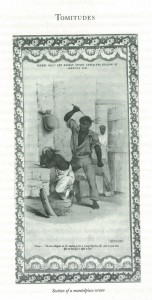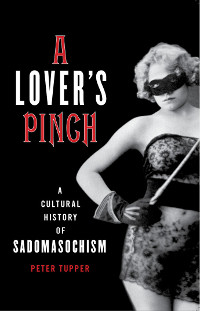For a while, I’ve been aware that Nazi imagery pops up in Japanese and Chinese culture every now and then, such as this set of pictures in the Daily Dot. I attribute this not to fascistic tendencies or even ignorance, but a historical and geographical distance so great that swastika armbands and black SS uniforms carry no real semiotic meaning, and signify nothing in particular. They’re just another fashion note, like the Chobits-style ear horns the “bride” wears in the above picture.
Contrary to what you might thing, people in Asia don’t just shrug this off. From the comments to the Chinasmack blog post:
To say you are mentally retarded doesn’t seem appropriate for your age . . . So, in the end I won’t be describing you both but instead wish for you: That the guy will forever remain a virgin, that the girl also forever remain a virgin, that you will be hit by a car when leaving your house, that you will be electrocuted when you bathe, and that for all of your offspring, the boys will from generation to generation forever be slaves, and the girls will from generation to generation forever be whores.
…
What’s the difference between this and someone wearing a [Imperialist] Japanese military uniform to take photos?
…
Asshole, your ancestors just rolled over in their graves.
I also wonder if there is some kind of “beautiful loser” thing going on here. We view these signifiers in the context of the defeat of fascism decades ago, so we can see them as signifying tragedy, of good people in bad situations. For example, here’s the Wikipedia plot summary of the “Slipstream” segment of The Cockpit anime:
A disgraced German fighter pilot is assigned to escort a captured American B-17 bomber carrying his childhood sweetheart, her scientist father and a fearsome secret cargo – a Nazi atom bomb. The night before the mission the pilot’s sweetheart begs him to let enemy planes destroy the bomber before the cargo can be used, even though she and her father will die with it. On the next day, After shooting down two of three RAF attackers by using the brand new Ta 152, the pilot allows the third Spitfire to destroy the bomber.
Here’s an inherently dramatic situation, a character torn between duty and humanitarian concerns, opening up the possibility of masochistic sacrifice and redemption in annihilation.
You could also see this as a way of Japanese people thinking about their nation’s legacy as a defeated, surrendered power by displacing the narrative onto another defeated military power, Nazi Germany.




